Top 10 Fastest Mammals in the World Ranked by Running Speed
Published on
Updated on
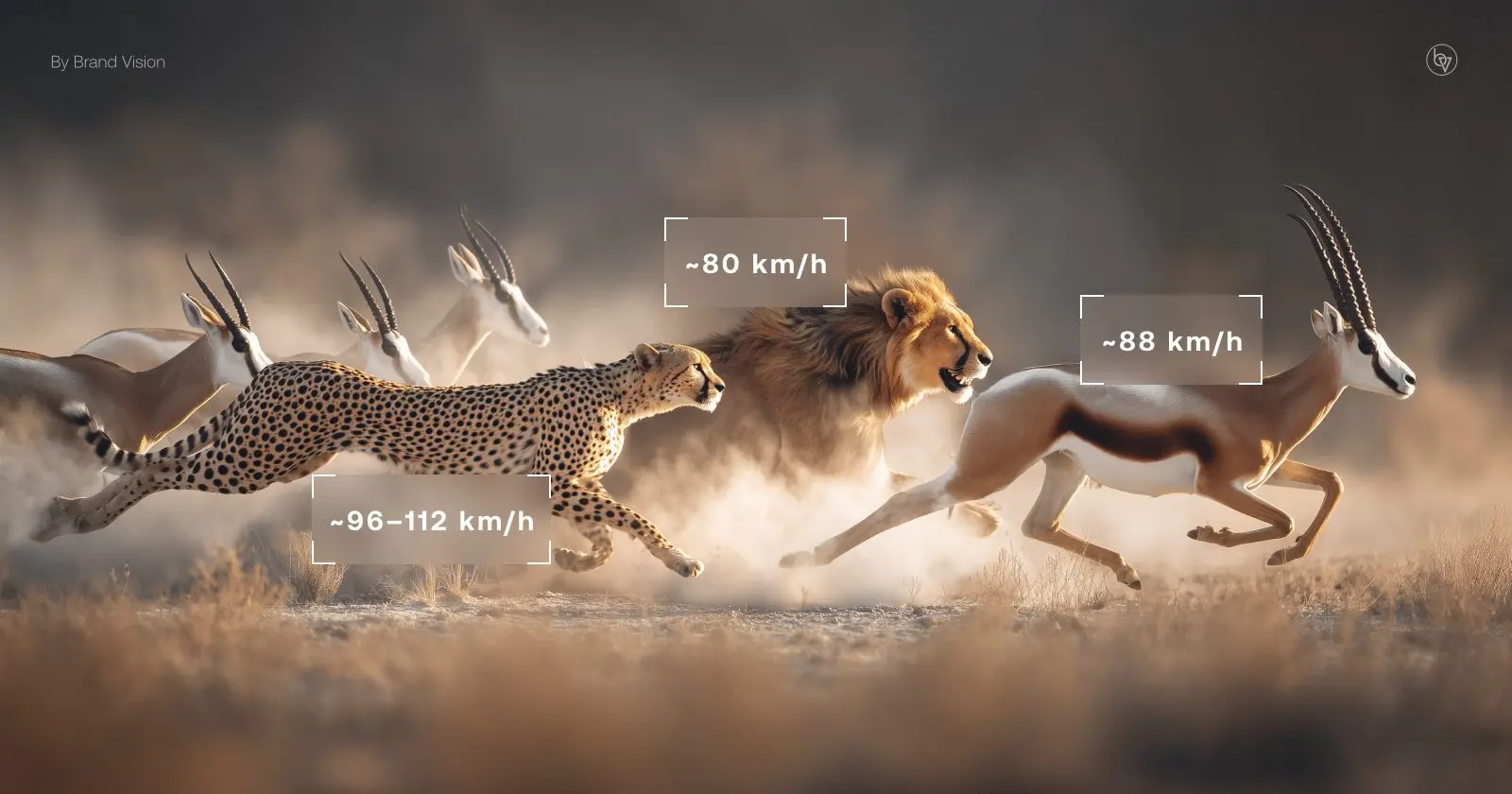
When it comes to raw speed, nothing captures the imagination like the fastest land animals in the world. From the lightning-quick cheetah sprinting across African plains to the pronghorn of North America built for endurance, the race for survival has created some of the quickest animals on Earth. In this guide, we rank the top 10 fastest land animals by running speed, highlighting their maximum verified speeds, where they live, and what adaptations make them such incredible runners. Whether you’re curious about the fastest mammal on land, comparing which species can outrun predators, or looking for a reliable answer to the age-old question “what is the fastest land animal?”, this article provides a clear, credible, and user-friendly breakdown.
At a Glance
- 1) Cheetah — ~96–112 km/h (60–70 mph)
- 2) Pronghorn — ~88–89 km/h (55 mph)
- 3) Springbok — ~88 km/h (55 mph)
- 4) Blue Wildebeest — ~80 km/h (50 mph)
- 5) Lion — ~80 km/h (50 mph)
- 6) Blackbuck — ~80 km/h (50 mph)
- 7) Brown Hare — ~72 km/h (45 mph)
- 8) American Quarter Horse — ~70 km/h (43–44 mph)
- 9) Greyhound — ~67 km/h (41.83 mph)
- 10) Red Kangaroo — ~60 km/h (37 mph)
Methodology
- Scope: Terrestrial animals only. Running speeds only.
- Metric: Highest credible, documented top speed per species; ranges reflect reputable sources.
- Verification: Preference for peer‑reviewed research, zoological institutions, and encyclopedic references.
- Ties: Broken by measurement quality, repeatability, and expert consensus.
- Units: km/h and mph; rounded for readability.
- How it was measured: Verified using modern tools such as GPS collars on wild animals (cheetahs, pronghorns), radar guns and timing gates (horses, greyhounds), and biomechanical studies with high-speed cameras (hares, kangaroos). Controlled experiments, zoological reports, and official race records provide the baseline for accuracy.
1) Cheetah (Acinonyx jubatus) — ~96–112 km/h (60–70 mph)
- Why it’s #1: The cheetah is the fastest land animal; wild hunts recorded top speeds near 93 km/h and a 100‑m track record averaging 61 mph (Nature;Guinness World Record). Typical top‑end figures are 60–70 mph (96–112 km/h) (Smithsonian’s National Zoo).
- How it’s built for speed: Flexible spine, long limbs, semi‑retractable claws for traction, oversized nasal passages/lungs, and a tail that acts as a rudder in high‑speed turns (Smithsonian’s National Zoo).

2) Pronghorn (Antilocapra americana) — ~88–89 km/h (55 mph)
- Why it’s here: Fastest land mammal in the Western Hemisphere; can sustain high speeds longer than a cheetah (Britannica; San Diego Zoo Wildlife Alliance).
- Edge: Oversized heart/lungs, efficient gait, lightweight frame—great endurance at ~40 mph over kilometers (Britannica).
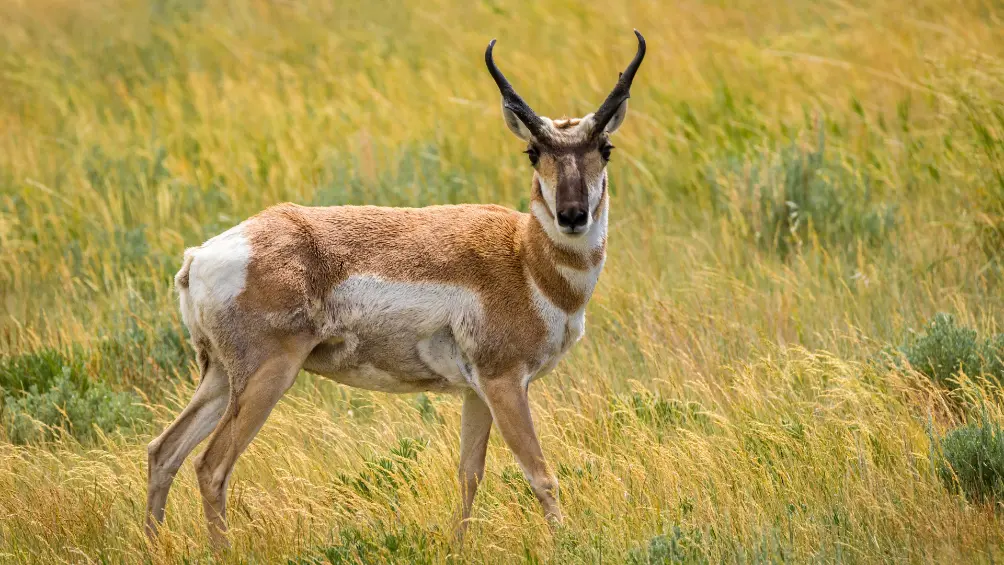
3) Springbok (Antidorcas marsupialis) — ~88 km/h (55 mph)
- Why it’s here: Clocked at 55 mph and renowned for sudden acceleration (Britannica – Springbok).
- Fun note: Performs high vertical leaps called pronking, which may confuse predators (Britannica – Springbok).

4) Blue Wildebeest (Connochaetes taurinus) — ~80 km/h (50 mph)
- Why it’s here: Despite a hefty build, wildebeest hit ~50 mph and pair speed with stamina during the Great Migration (Britannica – Fastest Animals).

5) Lion (Panthera leo) — ~80 km/h (50 mph)
- Why it’s here: Ambush sprinter that can dash ~50 mph in short bursts to close distance on prey (Britannica – Fastest Animals).
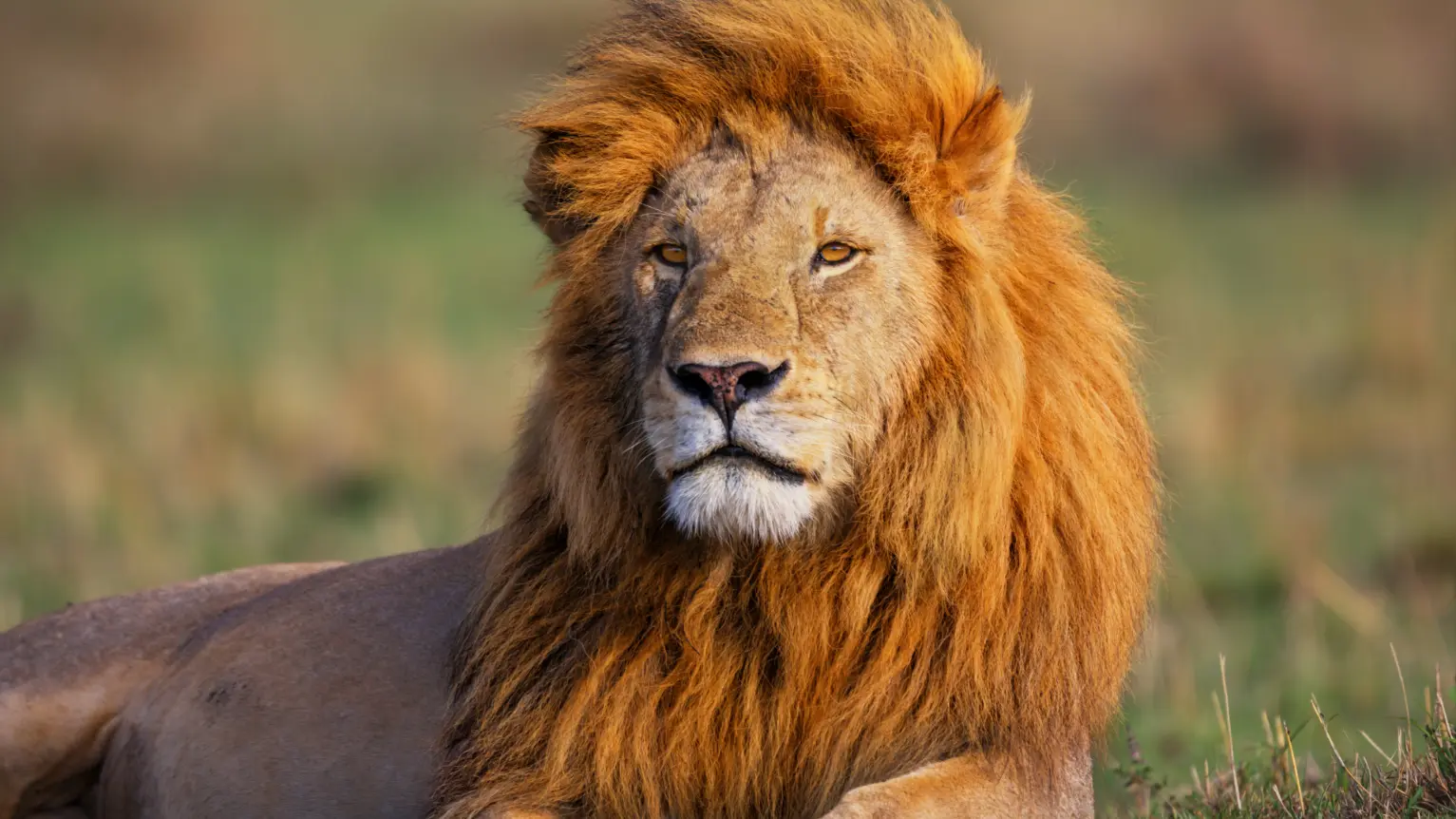
6) Blackbuck (Antilope cervicapra) — ~80 km/h (50 mph)
- Why it’s here: Slender, springy antelope known to gallop up to 80 km/h; agile zigzags help evade predators (National Zoo & Aquarium (Australia)).
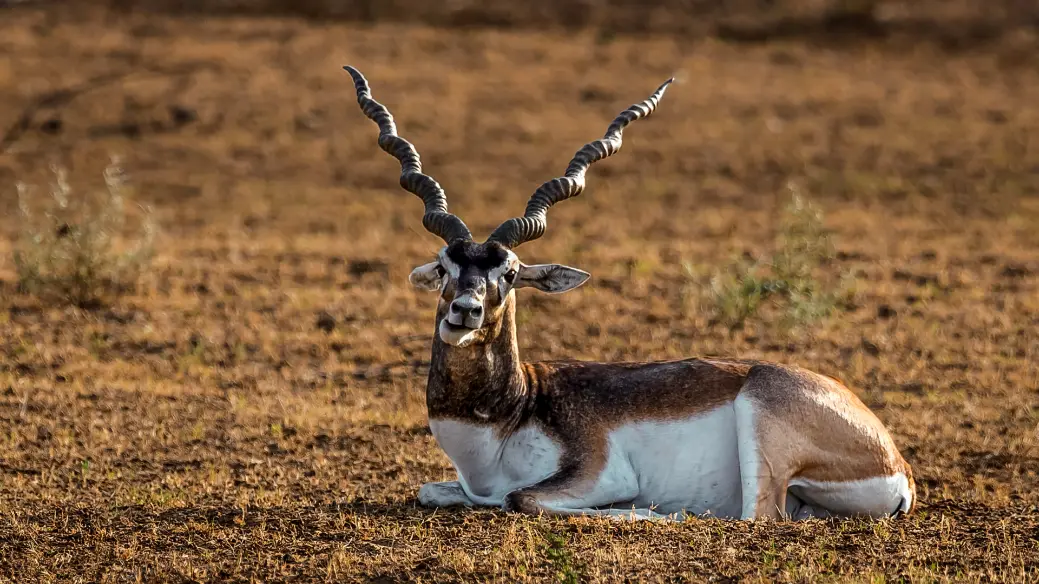
7) Brown Hare (Lepus europaeus and related Lepus spp.) — ~72 km/h (45 mph)
- Why it’s here: A small, ultra‑quick runner reaching ~45 mph with explosive acceleration and evasive jinks (The Wildlife Trusts).
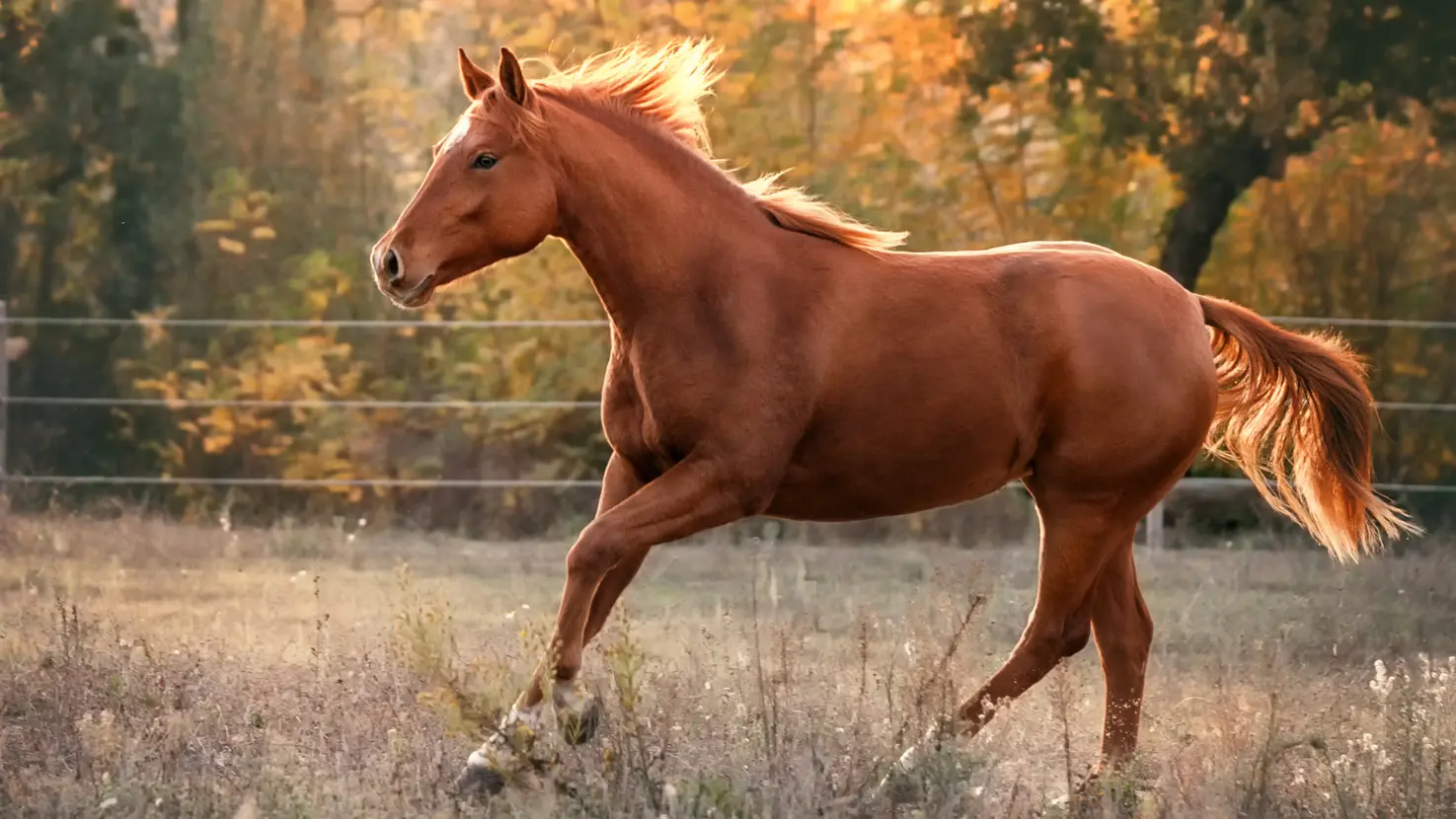
8) American Quarter Horse (Equus ferus caballus) — ~70 km/h (43–44 mph)
- Why it’s here: Elite short‑distance sprinter among horses; official race records at quarter‑mile distances align with low‑40 mph speeds, with peaks reported up to ~55 mph in brief bursts (AQHA – Racing World Records; PBS Nature; PetMD).
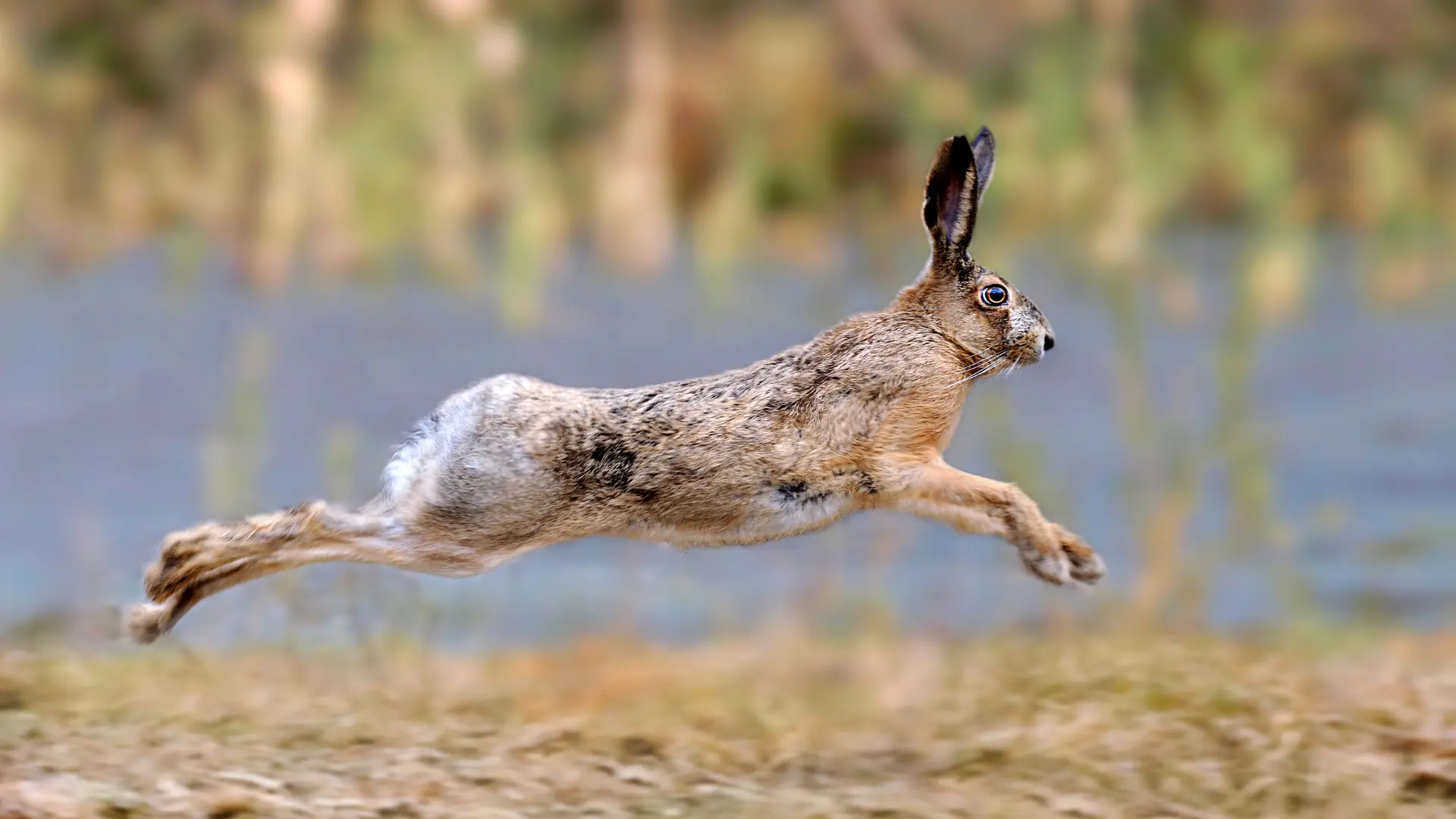
9) Greyhound (Canis lupus familiaris) — ~67 km/h (41.83 mph)
- Why it’s here: Fastest dog breed; Guinness recorded 41.83 mph top speed. Its double‑suspension gallop is studied in biomechanics alongside cheetahs (Guinness World Records; Journal of Experimental Biology).

10) Red Kangaroo (Osphranter rufus) — ~60 km/h (37 mph)
- Why it’s here: The fastest bipedal mammal; elastic tendons store/release energy, and the tail acts as a counterbalance during high‑speed hops (Australian Museum ; American Museum of Natural History).

Conclusion
The fastest land animals show just how diverse nature’s engineering can be. The cheetah reigns supreme as the fastest runner on land, but the pronghorn dominates over long distances, while the springbok, wildebeest, and lion combine speed with agility and hunting strategy. Even unexpected contenders like the red kangaroo and greyhound prove that different evolutionary paths can lead to remarkable bursts of speed. What unites them all is the role of velocity in survival—whether escaping predators, chasing prey, or migrating across vast landscapes. If you want the definitive answer to “who are the fastest animals on land?” this top 10 ranking shows that speed is not just a number, but a story of adaptation, endurance, and life on the move. (Nature; Britannica).
FAQ
- What is the fastest land animal?
The cheetah, with wild hunts recorded near 93 km/h and a 100‑m record averaging 61 mph ( Nature ; Guinness World Records).
- Which land animal sustains high speed the longest?
The pronghorn; it maintains unusually high speeds over long distances compared with other mammals ( Britannica ; San Diego Zoo Wildlife Alliance ).
- Why aren’t ostriches or falcons on this list?
This is running speed only for land animals; birds and diving speeds aren’t included (Britannica).
- How are speeds measured?
Using GPS collars, radar, track timing, and biomechanical studies; we prioritize peer‑reviewed data and zoological institutions ( Nature ; Journal of Experimental Biology ).
- Are these peak speeds or everyday running?
They’re maximums documented under specific conditions; routine travel is slower (Britannica).
Sources
- Nature — Wilson et al., wild cheetah hunt speeds and accelerations
- Guinness World Records — Cheetah 100‑m record
- Smithsonian’s National Zoo — Cheetah profile (60–70 mph overview)
- San Diego Zoo Wildlife Alliance — Pronghorn
- Encyclopaedia Britannica — “The Fastest Animals on Earth” (lion, springbok, wildebeest, pronghorn context): Springbok entry
- National Zoo & Aquarium (Australia) — Blackbuck speed
- The Wildlife Trusts (UK) — Brown hare top speed
- Australian Museum — Red kangaroo speed/locomotion
- American Museum of Natural History — Red kangaroo 60 km/h
- AQHA — Quarter Horse racing world records
- PBS Nature — Quarter Horse peak sprint
- PetMD — Horse speed overview incl. Quarter Horse peak
- Journal of Experimental Biology — Greyhound/cheetah gallop mechanics

Disclosure: This list is intended as an informational resource and is based on independent research and publicly available information. It does not imply that these businesses are the absolute best in their category. Learn more here.
This article may contain commission-based affiliate links. Learn more on our Privacy Policy page.







